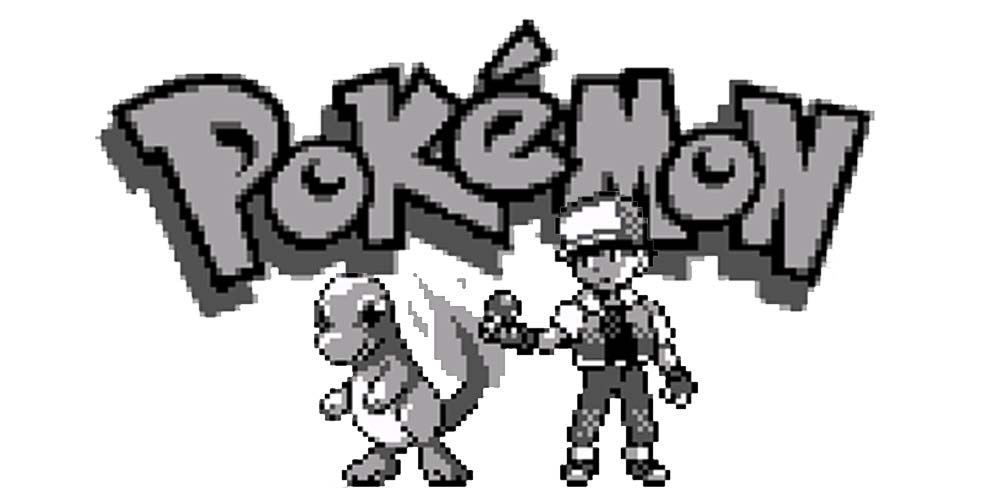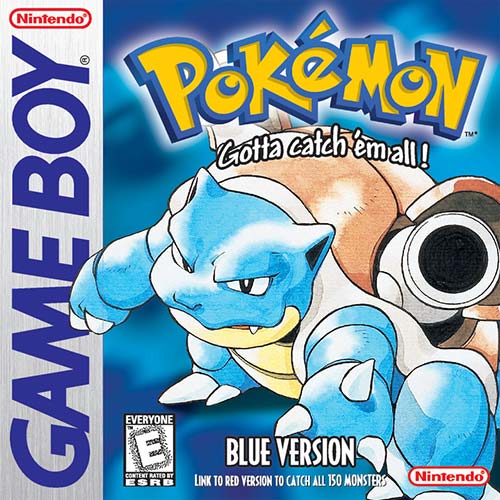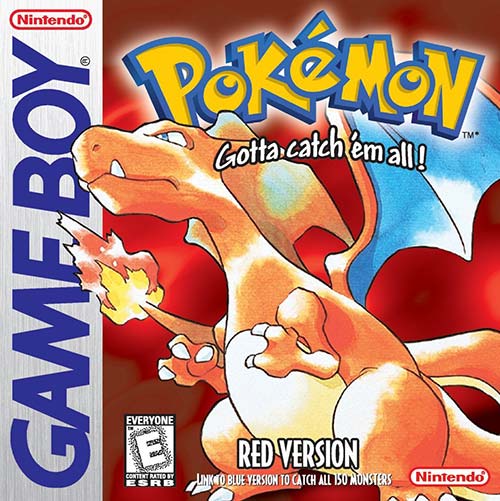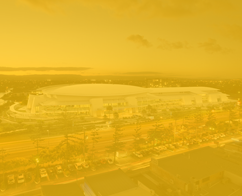
Sydney
June 21-22, 2025
Sydney Showground Olympic Park

By the time Pokémon Red and Blue first hit Australian shores on the October 23 in 1998, it was already an unprecedented success in its home country of Japan, having sold over 10 million copies of its three Japanese counterparts; Red, Green, and Blue.
By the end of its run, it had sold over 31 million copies worldwide. In celebration of its release in Australia 20 years ago, we’ve decided to explore its far-reaching global legacy and how it continues to capture the attention of people across many generations.
 Considered the most successful RPG of all time by Guinness World Records, the core Pokémon games in the franchise alone have sold over 210 million units, with dozens of spin-offs, including Pokémon Mystery Dungeon, Pokémon Ranger, and Pokémon Stadium series.
Considered the most successful RPG of all time by Guinness World Records, the core Pokémon games in the franchise alone have sold over 210 million units, with dozens of spin-offs, including Pokémon Mystery Dungeon, Pokémon Ranger, and Pokémon Stadium series.
Arguably one of the most successful spin-offs of the core game series was Pokémon Go, released in July 2016. Pokémon Go was one of the most used apps of 2016, with over 500 million downloads by the end of the year and is largely credited for bringing location-based and augmented reality games to the forefront of mainstream gaming.
Though much of the original hype surrounding Pokémon Go has died down, the game still boasts 65 million monthly active players, including at least one person on every bus to university – we’ve all seen them.
Outside of the virtual game series, Pokémon’s trading card game has sold over 21.5 billion cards in 11 different languages, whilst some Pokémon have also appeared in several other game series, notably Super Smash Bros., as playable characters. As if that wasn’t enough, they also got their own competitive fighting game in Pokkén Tournament.
The success of the original game series in 1996 spawned an anime series in 1997, which continues to this very day, with over 1000 episodes and over 20 accompanying feature films (but none as great as the first Mewtwo one).
The anime series, in particular, is regarded as one of the most successful video game adaptations of all time and is considered one of the first anime series to ‘break’ the mainstream North American market, as well as increasing the popularity and familiarity of anime around the world.
If you’re old enough to remember watching Saturday morning TV a decade ago, your gateway anime shows were likely Pokémon, Yu-Gi-Oh!, and One Piece. Its effect on the global pop-culture environment is clear, influencing an entire genre of collect-em-up anime shows with real-life merchandise, like Bakugan, Beyblade, Digimon, and dozens more.
Pokémon also found success in the release of 21 films (with one starring our favourite Merc with a Mouth, Ryan Reynolds, slated for release in 2019), which helped to cement the Pokémon brand and legacy. Even today, popular shows such as The Simpsons, South Park, Doctor Who and Saturday Night Live have referenced and spoofed Pokémon on several occasions.
Not only has Pokémon had an effect on the typical pop-culture spheres of gaming, film and television, but there have also been many instances where its influence caused it to be included in mainstream events and places one may not typically associate with a game and animated series.
From Nippon Airways introducing Pokémon Jets, featuring Pikachu, Squirtle and Bulbasaur, to a giant Pikachu balloon at every Macy’s Thanksgiving Day Parade (labelled the “world’s largest parade”) since 2001, the franchise has permeated many levels and facets of our modern society. A travelling theme park, featured in Nagoya (Japan) and Taipei, and a 2016 Super Bowl ad, valued at approximately $5 million per 30-second slot, are only two more examples that demonstrate the enduring phenomenon of Pokémon.
 One the greatest feats of Pokémon is that it has survived the mania that engulfed the world in the late ‘90s and early 2000s, and every single pop culture shift that came with it – after all, if Halo has taught us anything, it’s that the more popular a game gets, the harder the inevitable pushback against it will be. Generally, in modern pop culture, the brighter something burns, the faster it flickers away, except for Pokémon, apparently.
One the greatest feats of Pokémon is that it has survived the mania that engulfed the world in the late ‘90s and early 2000s, and every single pop culture shift that came with it – after all, if Halo has taught us anything, it’s that the more popular a game gets, the harder the inevitable pushback against it will be. Generally, in modern pop culture, the brighter something burns, the faster it flickers away, except for Pokémon, apparently.
Anthropologist Joseph Jay Tobin has theorised that one of the main reasons it originally appealed so much to children was the long list of characters that were able to be both learned and repeated within friend groups (you know you had the whole Pokérap memorised at least once in your life).
Playing the game opened countless avenues for discussion and knowledge demonstrations to peers, whilst choosing a team and favourite Pokémon was a way to express individuality.
Now, Pokémon’s continuing success is often attributed to the nostalgia that it generates across generations. And if these first 20 years are any indication, it looks like this franchise will go from strength to strength for many more years to come.






